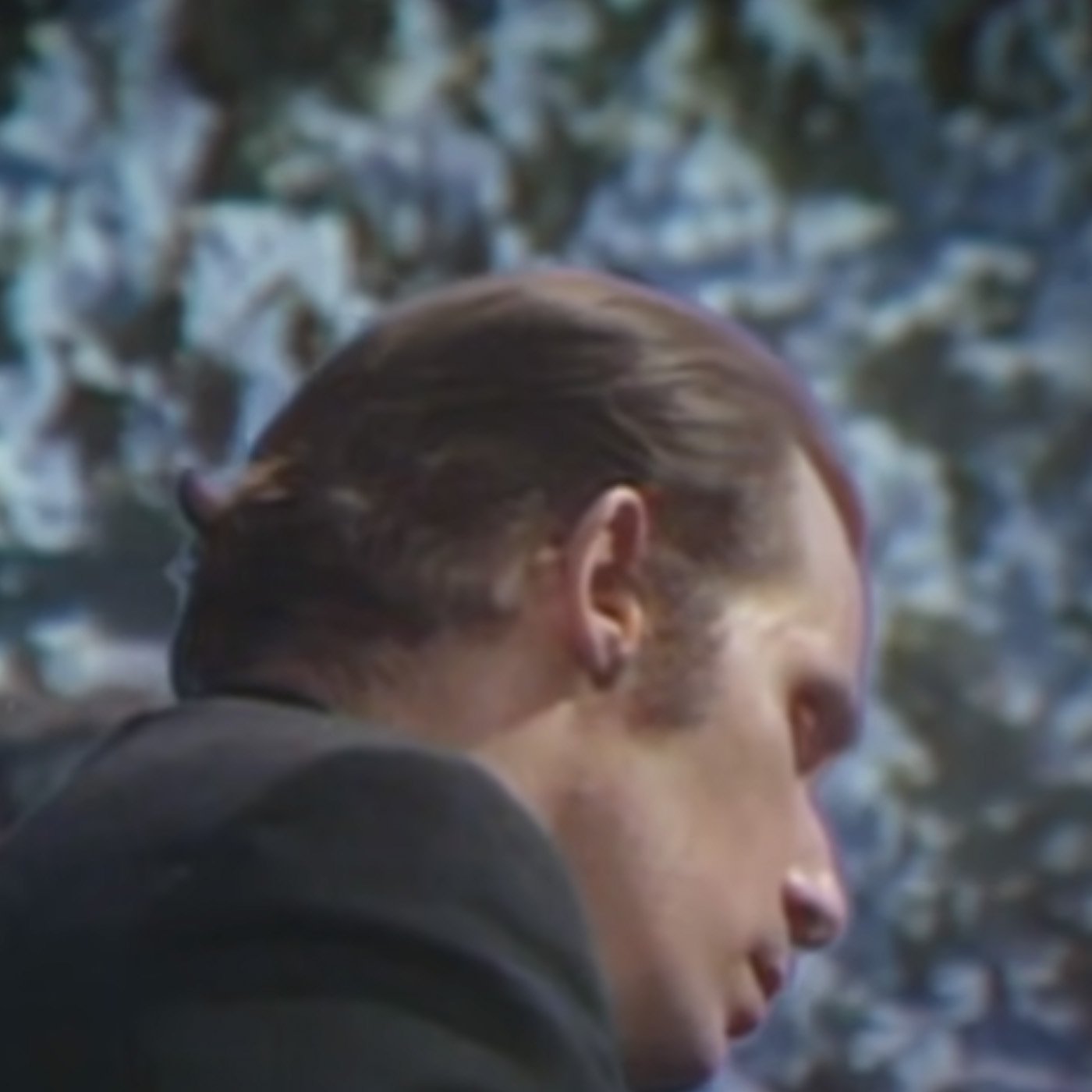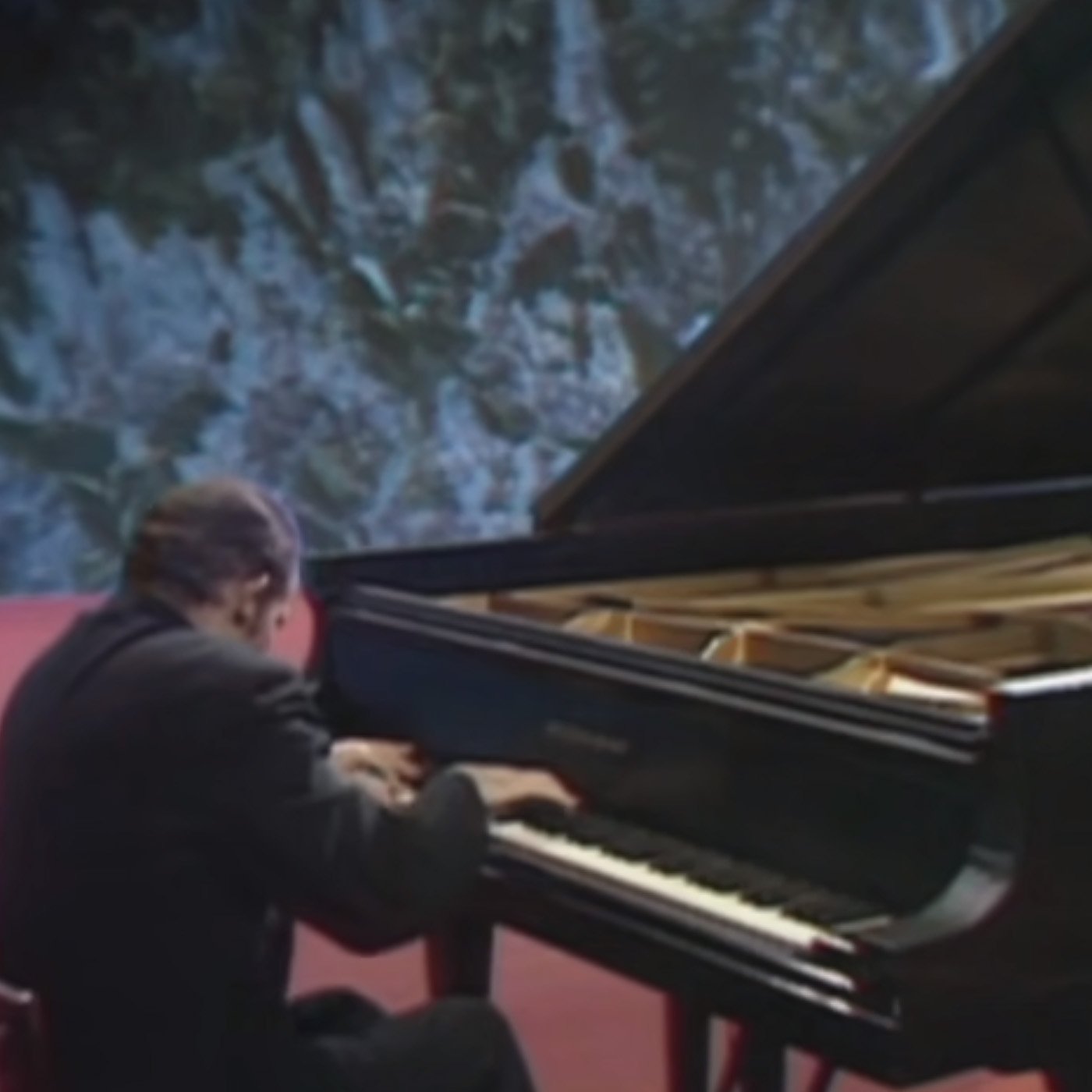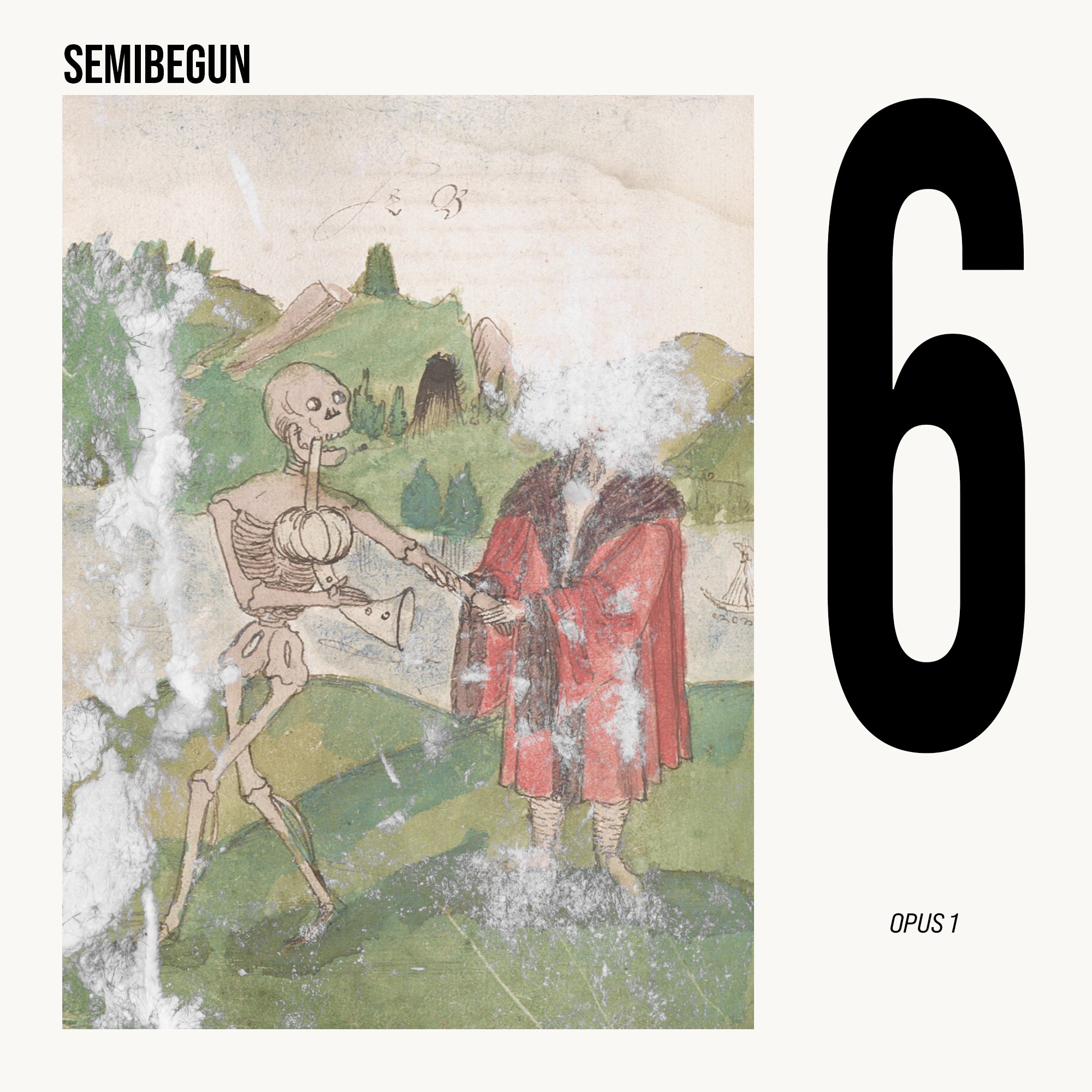SEMIBEGUN 006: OPUS 1
Air Date: August 17, 2022
Instead of curating a program that features magnum opera by classical titans like Beethoven’s late piano sonatas and Brahms’ Fourth Symphony, this episode presents a collection of those titans’ early substantial works. These pieces, all composed while under the age of 30, demonstrate nascent stylistic trademarks while wearing influence unabashedly. Although most are overlooked, even willfully buried in their respective composers’ catalogs, these compositions stand as fully realized works and signal great things to come… except for maybe Stravinsky's Symphony in E-flat Major Op. 1. It's hard to say what's going on there exactly.
TRACKS
Ludwig van Beethoven (1770 - 1827)
Piano Trio No. 1 in E-flat Major Op. 1, No. 1; 1795
IV. Finale PrestoClara Wieck Schumann (1819 - 1896)
Polonaise in E-flat Major Op. 1, No. 1; 1831Arcangelo Corelli (1653 - 1713)
Sonata da chiesa a trè Op. 1, No. 1; 1681
I. Grave
II. Allegro
III. Adagio
IV. AllegroTeresa Carreño (1853 - 1917)
Gottschalk Waltz Op.1; 1863Antonín Dvořák (1841 - 1904)
String Quintet No. 1 in A minor Op. 1 [B7]; 1861
II. LentoIgor Stravinsky (1882 - 1971)
Symphony in E-flat Major Op. 1; 1907
II. ScherzoJohann Christian Bach (1735 - 1782)
Keyboard Concerto in B-flat Major Op. 1, No. 1 [WC49]; 1763
I. AllegrettoSamuel Barber (1910 - 1981)
Serenade for Strings Op. 1; 1928
I. Un poco adagio - Allegro con spirito
II. Andante con moto
III. Dance. Allegro giocosoAlban Berg (1885 - 1935)
Piano Sonata Op. 1; 1910
On his Canadian public access show Music In Our Time, Glenn Gould introduces and performs Alban Berg's Piano Sonata Op. 1 as part of an episode titled "The Age of Ecstasy 1900 - 1910" in 1974. Although "ecstasy" may not first come to mind when describing the atonal music of the Second Viennese School, Gould's passionate piano performance (certainly enhanced by the kaleidoscopic set design) conveys something of the sort. In his introductory remarks, he describes the piece:
"I said earlier that Schoenberg eventually changed the course of music in our century. He also changed the lives of several young composers whom he accepted as pupils. One of them was Alban Berg who was 23 when he wrote his graduation exercise for Schoenberg, the work that ends this program, the expansive, pessimistic, and unquestionably ecstatic: Sonata Opus 1."[1]
Opus numbers, or “work” numbers as the Latin translates, are used to establish a general chronology and identify compositions within a composer’s catalog. If a composer has multiple String Quartets in A minor, one designated Op. 10 and the other Op. 27, the numbers distinguish the two and identify Op. 10 as the earlier work. However, this system is not always consistent within a single oeuvre or even across composers and eras. Most opus numbers were added by publishers and some were assigned by the composers themselves. Other entirely separate catalog systems were invented by scholars to correct the chronology or establish another organizational structure. The BWV (Bach-Werke Verzeichnis) system introduced by twentieth-century musicologists groups Johann Sebastian Bach’s works by genre, not chronology. Mozart’s Köchel catalog, abbreviated K. or KV., lists pieces chronologically but revisions to the system have resulted in pieces with multiple numbers like Mozart’s Mass in G major, K. 49 (47d). Confusion intensifies in the presence of multiple unique identification systems in use. Many pieces by Antonín Dvořák have opus numbers, either given by the composer or a publisher, that don’t always correspond to the order in which they were written or published, so scholars often refer to the chronological “B” (Burghauser) numbering system while concert programs may privilege the opus number. Popular YouTube uploads of Dvořák’s Symphony No. 9 in E minor (“New World Symphony”) either include both Op. 95 and B. 178 in the video title or both are omitted.
Originally used in early music publishing, sixteenth-century publishers applied the term opus to title collective works such as the Novum et insigne opus musicum (1537–8), a collection of vocal music by composers such as Josquin de Pres and Ludwig Senfl.[2] Publishers later assigned opus numbers to single-composer publications as well, one of the earliest examples being Motecta festorum Op.10 by Lodovico da Viadana published in 1597.[3] Beethoven, the independent individual he was, obviated this role of the publisher by assigning his own opus numbers to pieces he deemed complete and representative. The three piano trios designated as Op. 1 were not Beethoven’s earliest published works, but the first he determined substantial enough to introduce as a major publication to the public.
It’s common that a composer’s list of substantial works will contain pieces without opus numbers, but the usage varies depending on the era, the location, and the individual. Many twentieth-century composers perhaps found the practice unfashionable while others have a mix of opus and other catalog designations. None of Aaron Copland’s pieces have opus numbers while Igor Stravinsky’s catalog has a few only up until 1913 making them not particularly useful especially considering that Opp. 10 through 14 are missing. However, both Stravinsky and Copland often gave their pieces memorable and evocative names, rendering the opus system mostly irrelevant for identification by casual listeners. On the opposite end, opus numbers are almost necessary when referring to pieces by Anton Webern. Did you mean Drei Lieder Op. 18, Drei Lieder Op. 23, or Drei Lieder Op. 25? Thankfully, and unfortunately, his output is of a manageable size so the memorization by scholars and die-hards isn’t too taxing.
The specimen of interest, the first opus, offers a sense of a composer’s influences. In the early stages of a composition career, these influences are often more blatant, less synthesized or transformed than in later works. Upon emigrating to New York City from Caracas, Venezuela in 1862, eight-year-old piano prodigy Teresa Carreño met composer-performer Louis Moreau Gottschalk and impressed him enough to take her on as a pupil and promote her work. Her Gottschalk Waltz Op. 1, published around the age of ten, is an homage to the New Orleans-born composer who helped start her career. Although both composers exist under the unturned creek rock known as 19th-Century American Concert Music, Carreño's first opus overshadows her mentor's Polka de Salon Op. 1, of which no professional recording seemingly exists online. Beethoven’s Piano Trio No. 1 in E-flat Major Op. 1, No. 1, premiered around the age of 25, exhibits the influence of his mentors, including Joseph Haydn with whom he studied off and on. While certainly not the music of revolutionary Beethoven, the music is well crafted along the contemporary rules and forms. Schoenberg’s influence appears within Berg’s Piano Sonata Op. 1 and similarly belongs to its time as an early twentieth-century blend of romanticism and post-tonality.
Some of these firsts also gesture toward a signature sound that has yet to solidify, sowing ideas that will continue to develop. Samuel Barber’s Serenade for Strings Op. 1 opens like a misremembered Adagio for Strings Op. 11 with transitions from sober to sprightly passages the like you might find in Knoxville, Summer of 1915, Op. 24. An interesting aspect of Stravinsky’s Symphony in E-flat Major Op. 1 isn’t so much what the piece offers as foreshadow but instead what feels strangely absent from it. There’s a particular zest, something identifiably Stravinsky, that is perceptible even in The Firebird (written only a few years after the symphony) but is harder to detect here. It’s an eyebrow-raiser if your ears anticipate The Rite of Spring and instead receive, well, something like Op. 1.
[1] Glenn Gould, “Berg, Sonata for Piano op. 1 (OFFICIAL),” August 3, 2018, 10:54, <https://www.youtube.com/watch?v=CVkhnBNnNjE>.
[2] David Fuller, “Opus” in Grove Music Online, accessed August 15, 2022.
[3] Klaus Meyer, “Opus: Lateinisch für Werk,” BR Klassik, April 11, 2018, <https://www.br-klassik.de/themen/klassik-entdecken/alte-musik/stichwort-opus-100.html>.


